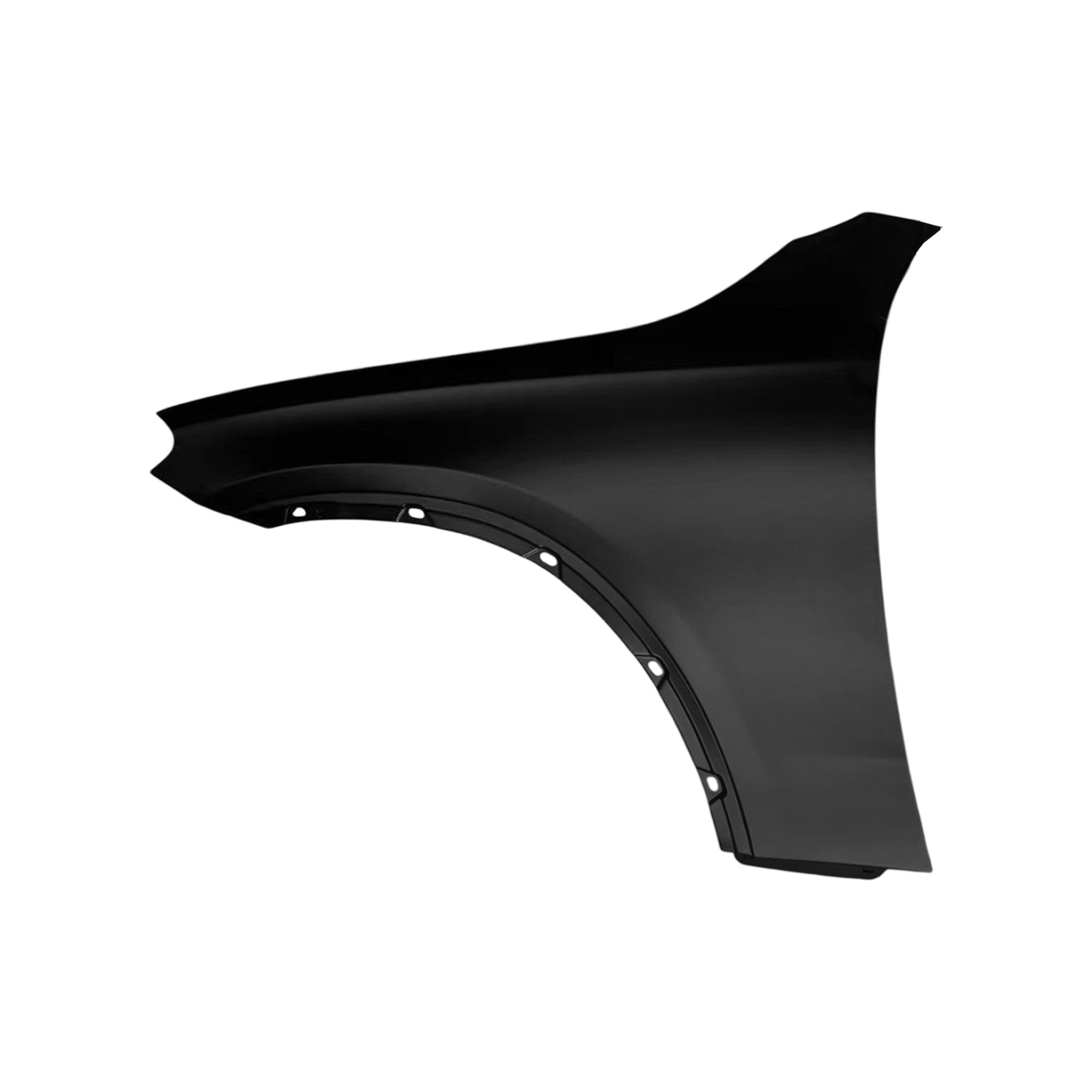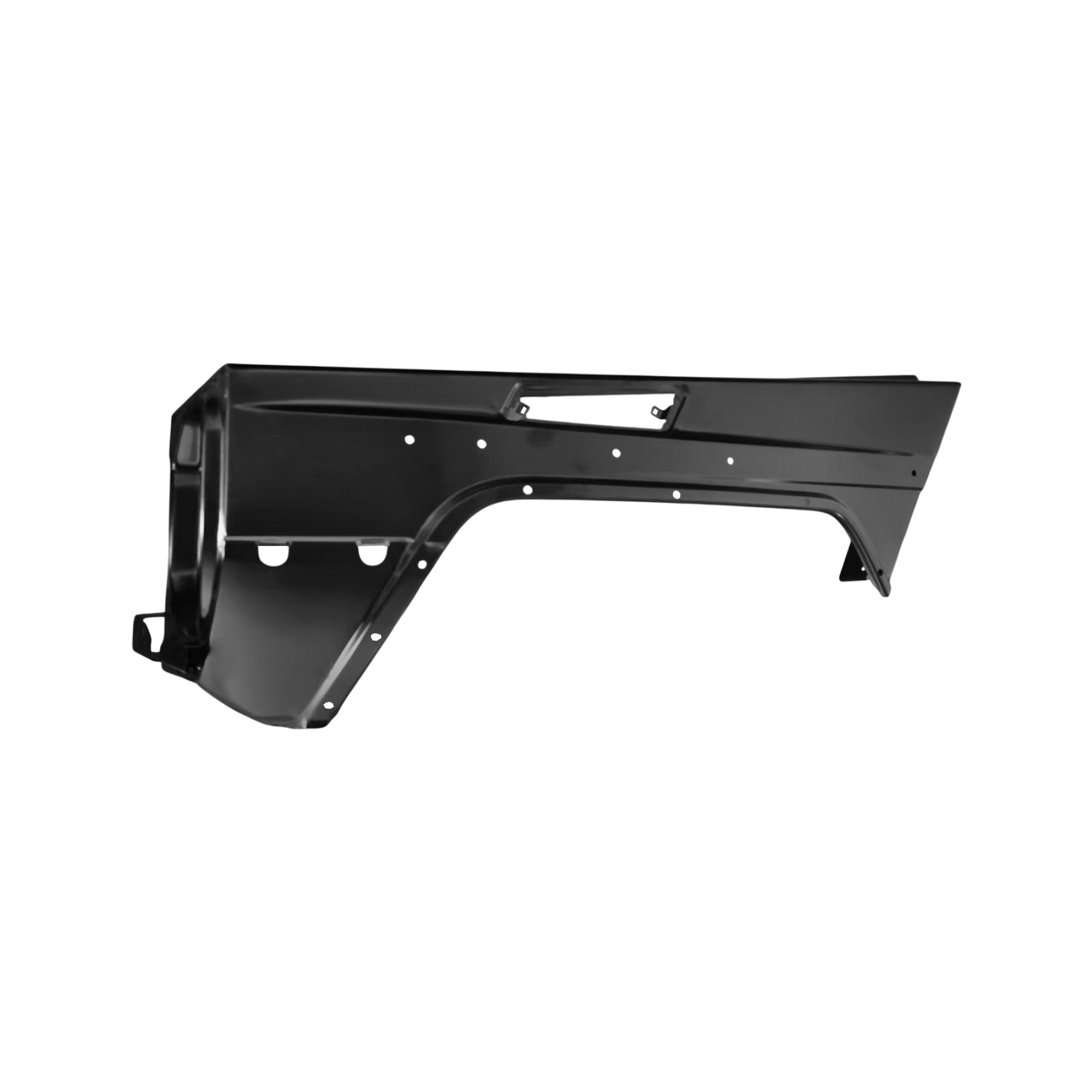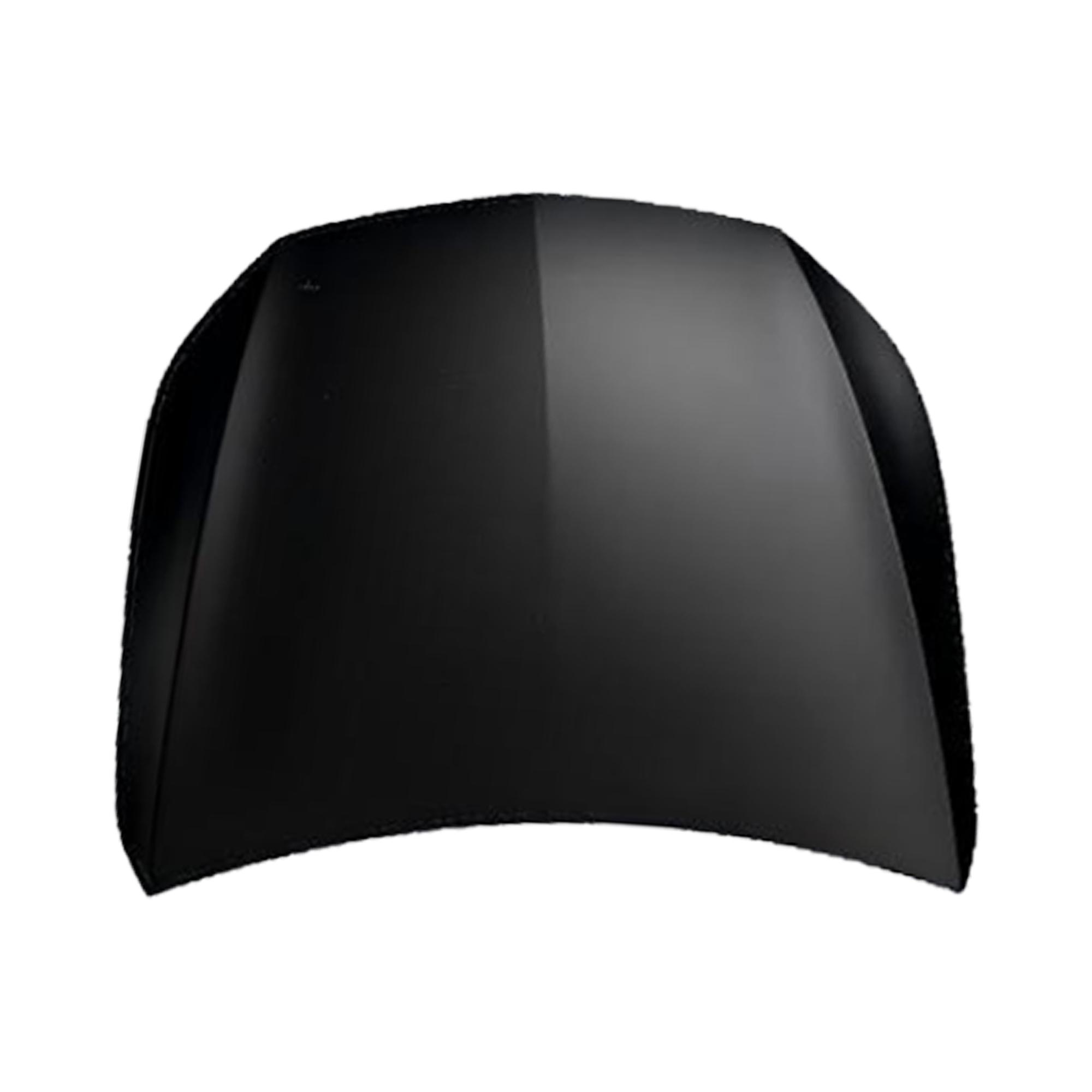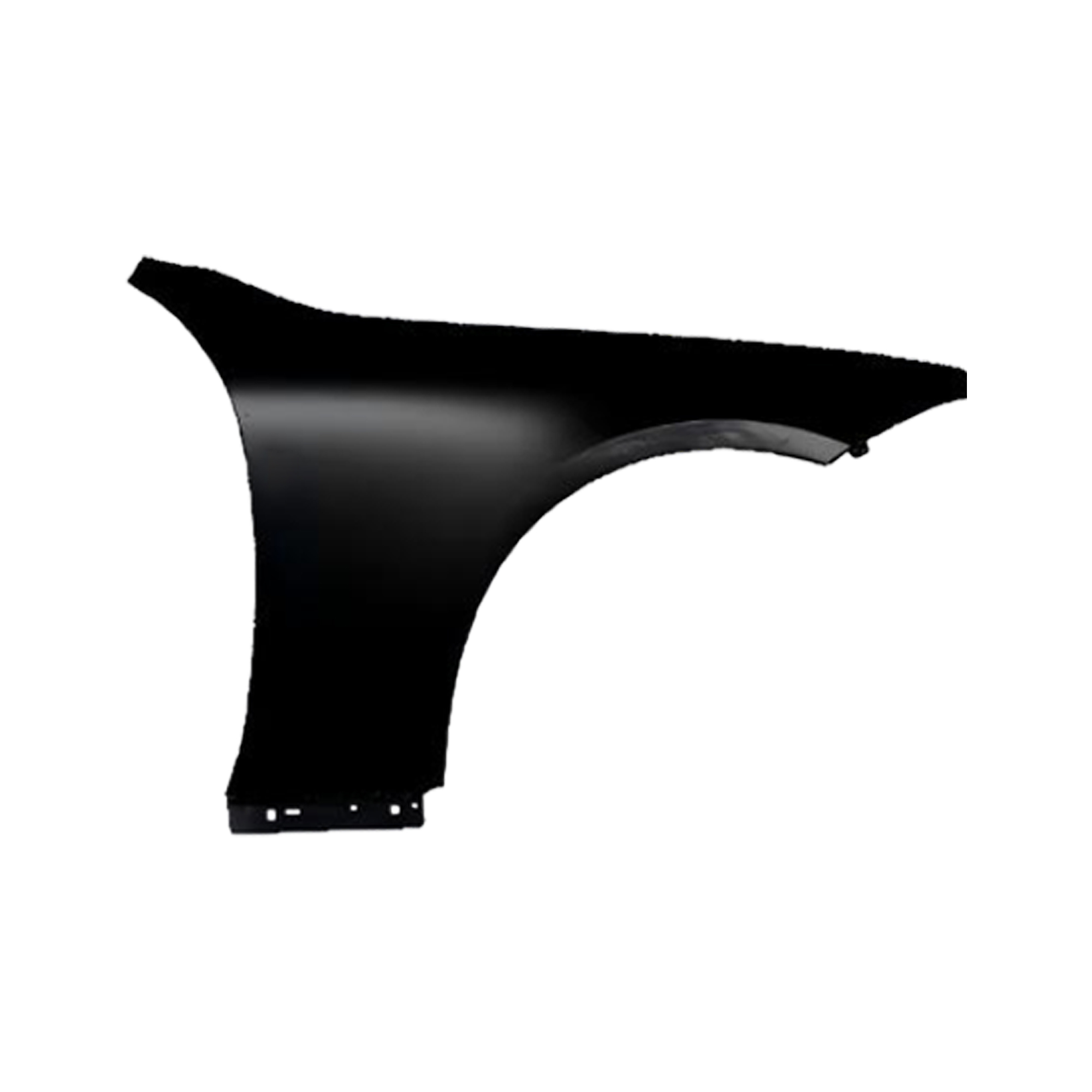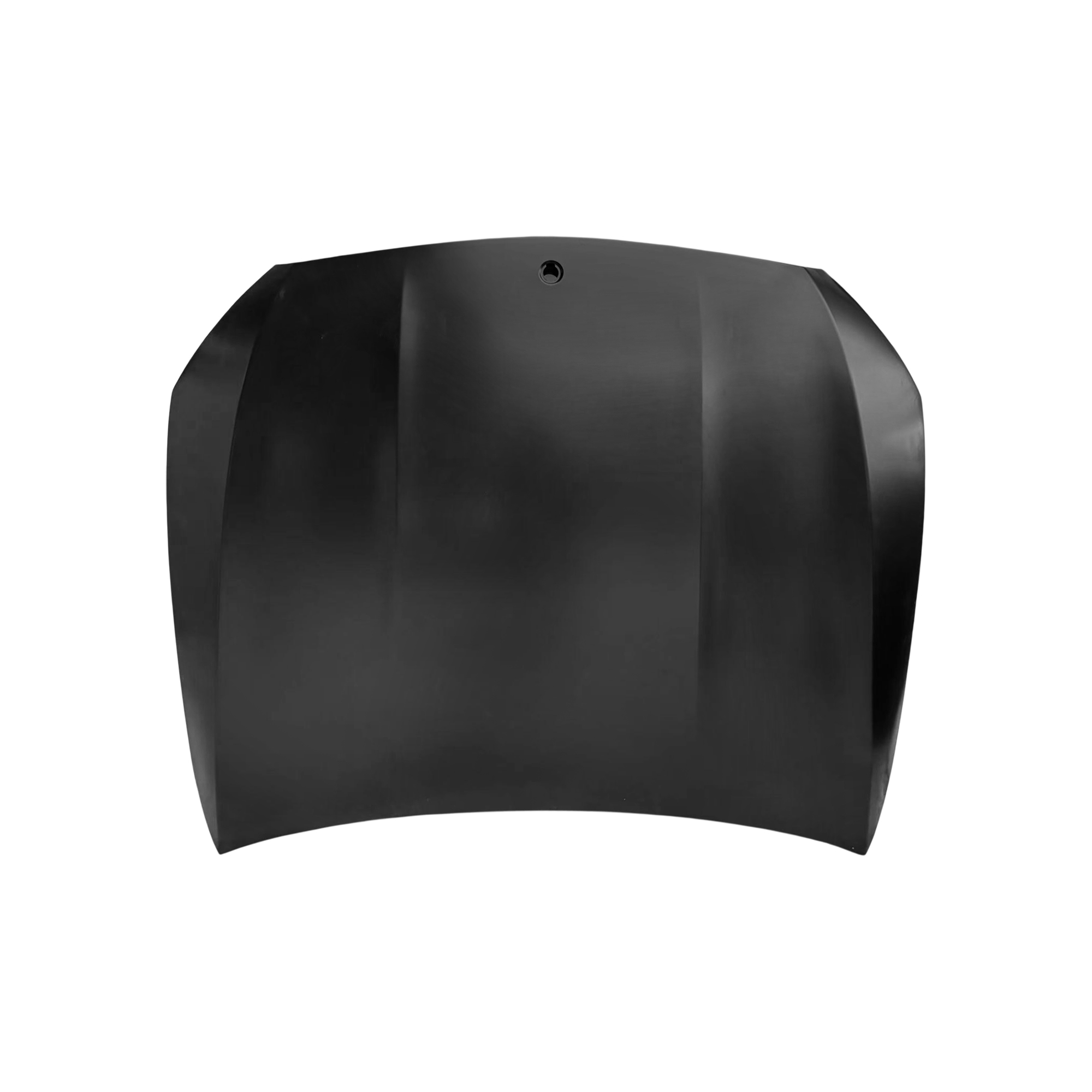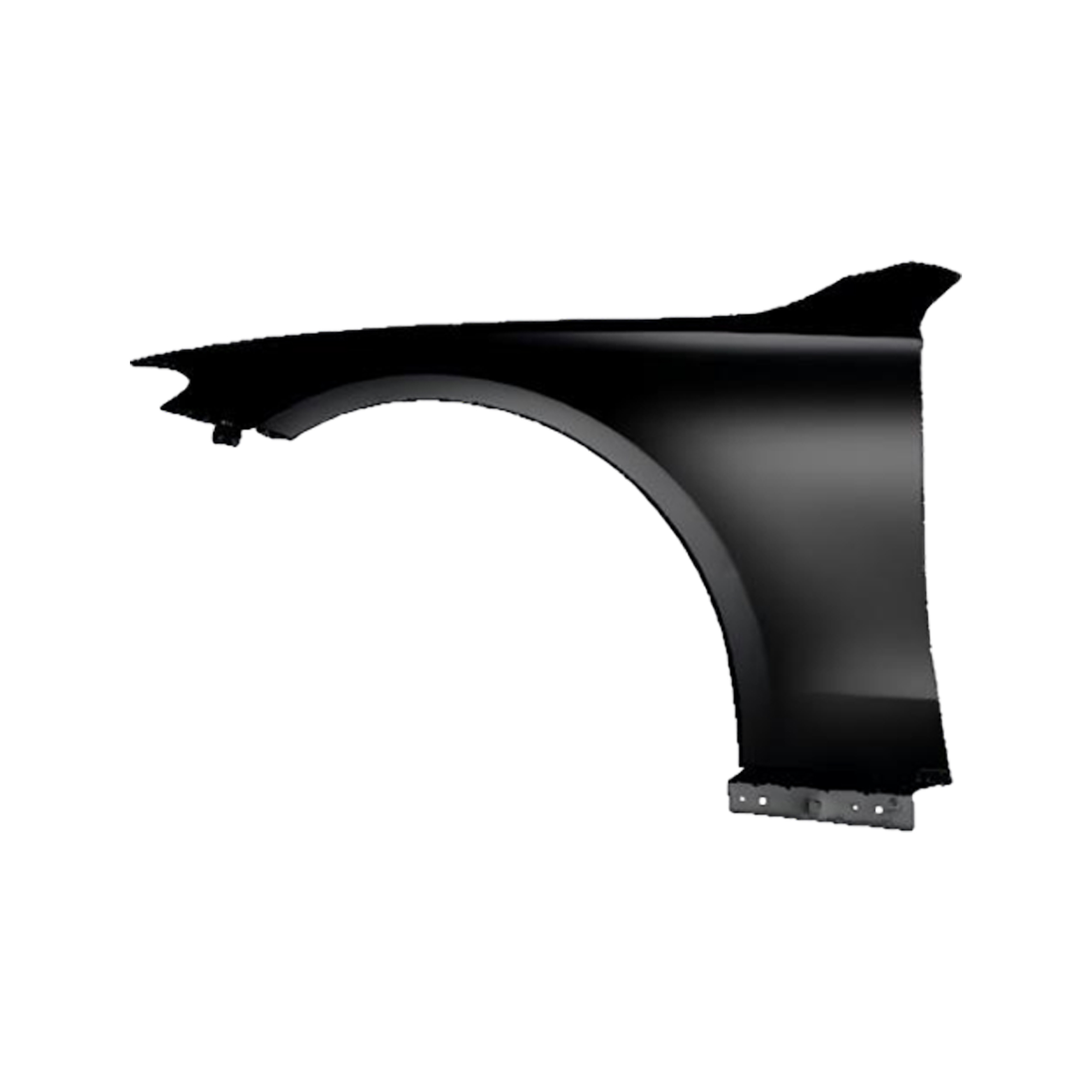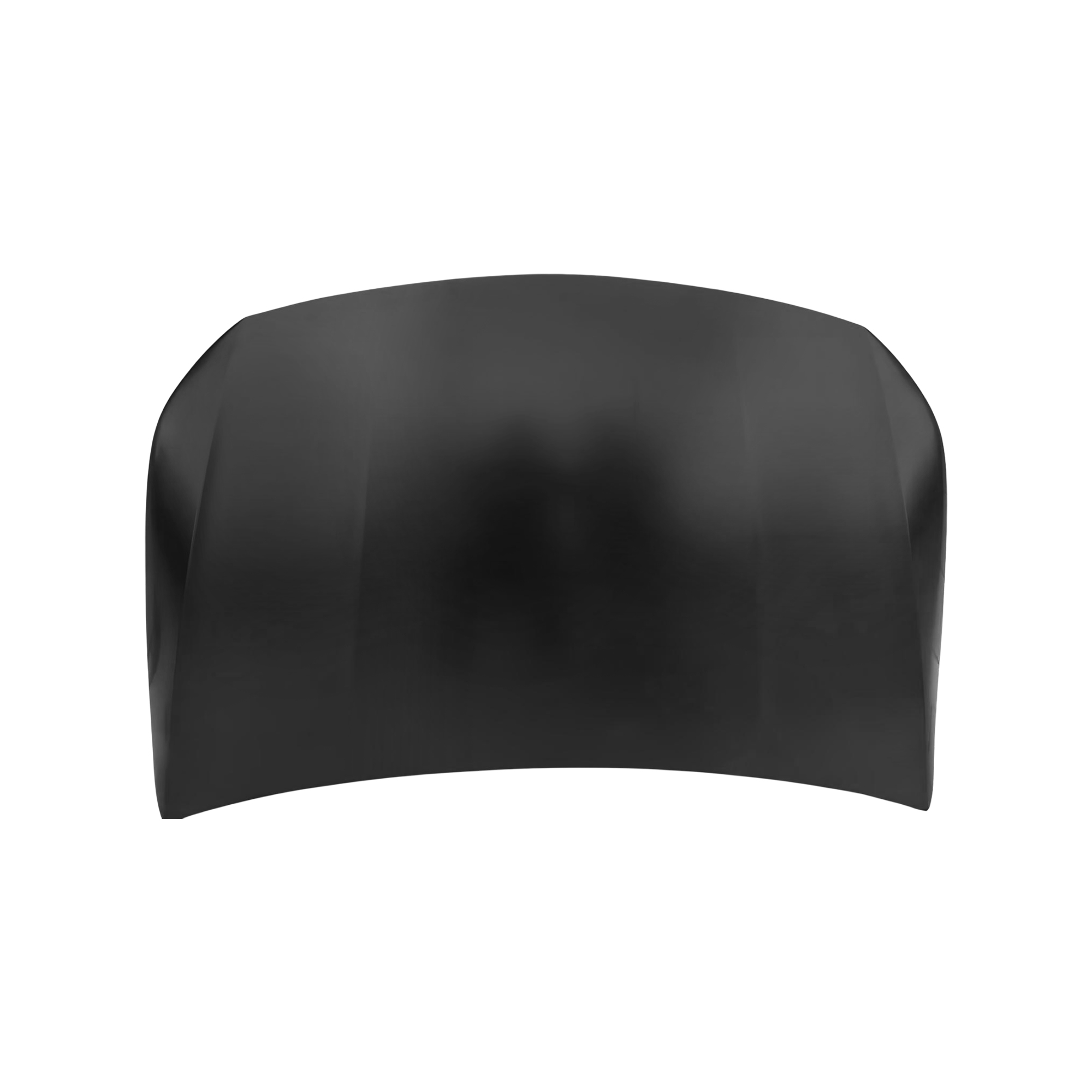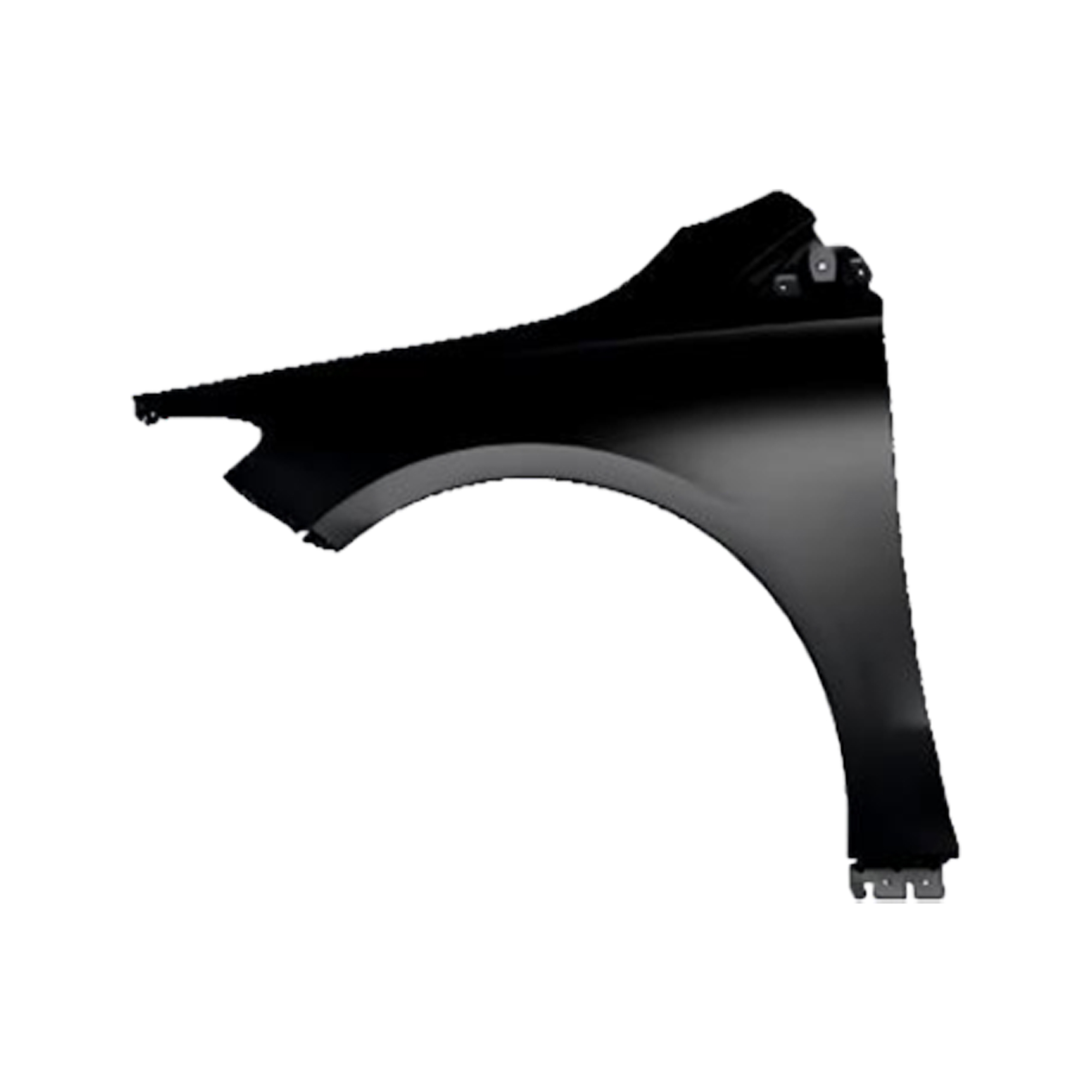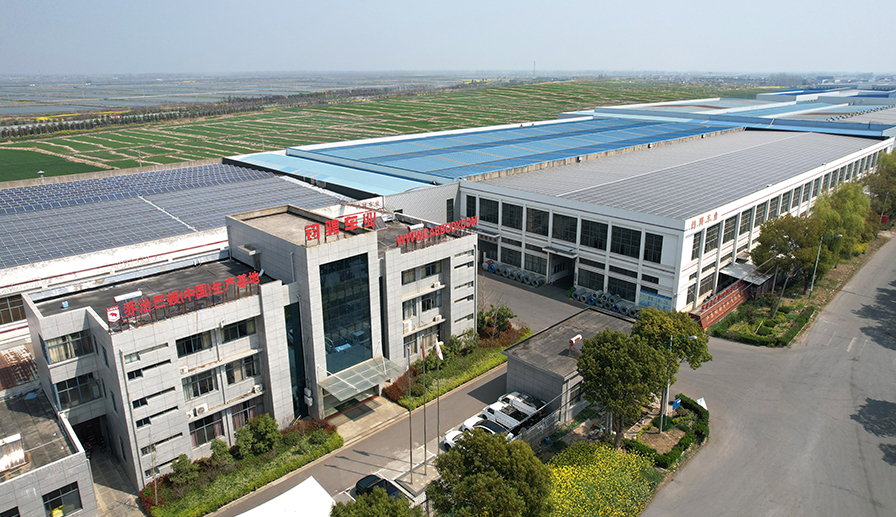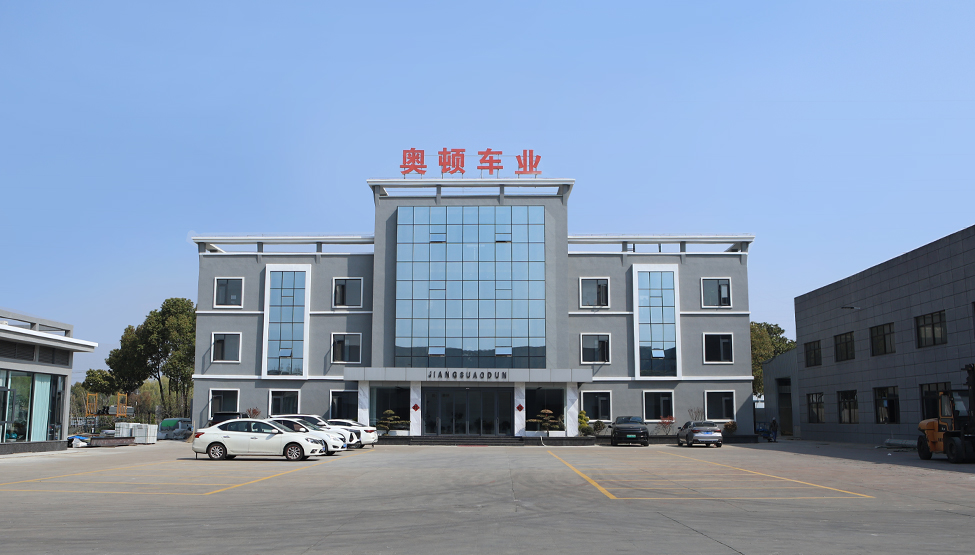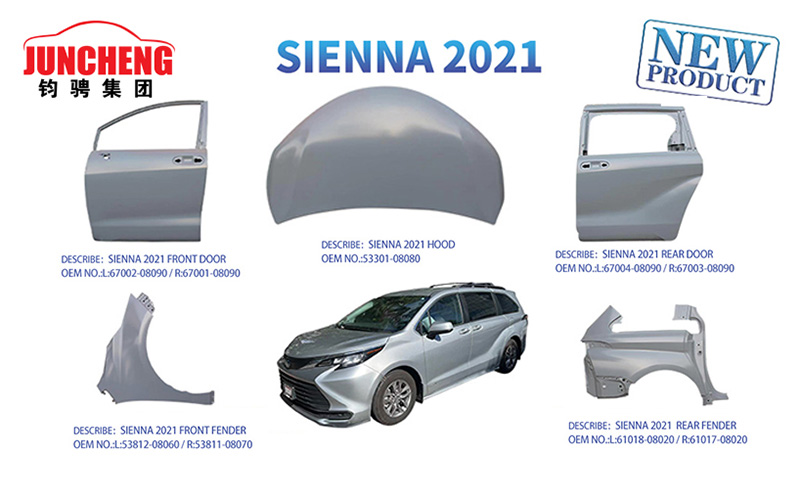How does Mercedes-Benz Parts' welding technology ensure the strength and stability of joints?
Mercedes-Benz Parts relies heavily on welding technology in the production of metal sheet parts. To ensure the safety and stability of the vehicle body structure and key components, Mercedes-Benz employs a range of advanced welding technologies to ensure that joints not only meet strength requirements but also possess high stability. The following are key applications of welding technology at Mercedes-Benz Parts:
Laser Welding Technology: Mercedes-Benz widely uses laser welding technology to join metal sheet parts made of different materials, such as high-strength steel, aluminum alloys, and composite materials. Laser welding not only achieves precise weld points but also improves the strength and precision of the joints. Compared to traditional welding methods, laser welding provides a smaller heat-affected zone, thereby reducing material deformation and damage, ensuring the strength and stability of the joints.
Spot Welding and Robotic Welding: Spot welding remains a commonly used technology for Mercedes-Benz in the production of vehicle bodies and other sheet metal parts. By using advanced welding robots, Mercedes-Benz can perform spot welding operations under high precision conditions, ensuring that each weld point has sufficient strength. Robotic welding systems not only improve production efficiency but also reduce human error, ensuring consistent weld quality.
Friction Stir Welding: Mercedes-Benz uses friction stir welding (FSW) technology in the production of certain high-strength components, such as body frames. This technology generates heat through friction and joins materials without melting, providing extremely high weld strength and is suitable for joining high-strength steel and aluminum alloys.
Precision Welding Monitoring System: To ensure weld quality, Mercedes-Benz Parts employs sophisticated welding quality monitoring systems during production, such as real-time temperature and pressure monitoring. These systems automatically adjust welding parameters to ensure the stability and quality of the joints and prevent welding defects.
Through these advanced welding technologies, Mercedes-Benz ensures that the joints of sheet metal parts provide the required strength and safety in vehicle crash tests, thereby improving the overall safety and stability of the vehicle body.
How does Mercedes-Benz Parts perform anti-corrosion treatments during production?
Mercedes-Benz Parts employs a variety of advanced anti-corrosion technologies during production, particularly in the production of metal sheet metal parts for the body and chassis, to ensure the durability and long-term reliability of vehicles under various environmental conditions. The following are the main anti-corrosion treatment methods used by Mercedes-Benz Parts:
Zinc and Aluminum Plating: Mercedes-Benz offers galvanizing and aluminizing treatments for its body and chassis metal sheet metal parts, which effectively improves the corrosion resistance of the sheet metal. The galvanized layer provides an additional protective barrier, preventing steel from rusting when exposed to air and moisture. Aluminum plating offers better oxidation and corrosion resistance, making it particularly suitable for vehicles exposed to high humidity or marine climates for extended periods.
Electrophoretic Coating (EDP): Electrophoretic coating (EDP) technology is widely used in the production of Mercedes-Benz Parts. Electrophoretic coating uses an electric current to evenly adhere the coating to the metal surface, forming a robust and uniform anti-corrosion coating. This technology effectively prevents corrosion of body panels during use, especially in harsh environments such as high humidity and salt spray.
Anodizing Treatment: For aluminum alloy parts, Mercedes-Benz uses anodizing to enhance the corrosion resistance of the aluminum surface. Anodizing not only improves the corrosion resistance of aluminum alloys but also increases their surface hardness and wear resistance, making it particularly suitable for components such as body panels and battery protection shells in electric vehicles.
Self-Healing Coating Technology: Mercedes-Benz also uses self-healing coating technology in its high-end models. This coating can automatically repair itself when subjected to minor scratches, maintaining the integrity of the metal surface and further enhancing corrosion resistance.
Salt Spray Testing and Corrosion Simulation Testing: During the production process, Mercedes-Benz conducts rigorous corrosion tests on all metal body panels. Through salt spray testing, accelerated aging testing, and other methods, Mercedes-Benz can simulate corrosion conditions in extreme environments, ensuring that every Mercedes-Benz Parts can be used long-term in various climates around the world without corrosion problems.
Through these multiple anti-corrosion treatment technologies, Mercedes-Benz Parts ensures that Mercedes-Benz's sheet metal parts maintain excellent appearance and functionality globally, especially in highly corrosive environments such as humidity, sea salt, and acid rain, extending vehicle lifespan.
How Does Mercedes-Benz Parts Achieve Environmental and Performance Goals Through Lightweight Technology?
In the automotive industry, lightweight technology not only helps improve vehicle performance but also directly impacts environmental protection goals, particularly reducing energy consumption and carbon emissions. Mercedes-Benz Parts has successfully achieved a balance between performance and environmental goals through a series of innovative lightweight technologies and high-performance materials.
Application of High-Strength Steel and Aluminum Alloys: Mercedes-Benz Parts uses high-strength steel (HSS) and aluminum alloys in its body panels. These two materials not only reduce vehicle weight but also provide equal or higher strength. Mercedes-Benz typically uses aluminum alloys in body panels, doors, and hoods. Aluminum alloys are lighter than steel, significantly reducing overall vehicle weight, reducing energy consumption, and improving fuel efficiency. High-strength steel provides sufficient structural strength to ensure vehicle safety, especially in collisions.
Use of Composite Materials: Mercedes-Benz also uses composite materials (such as carbon fiber reinforced plastics, CFRP) in some high-end models to further reduce vehicle weight. Carbon fiber materials not only have low density but also offer extremely high strength, making them particularly suitable for racing cars and high-performance vehicles. The application of this material allows Mercedes-Benz Parts to achieve lightweighting that better meets the dual requirements of high performance and environmental friendliness.
Hot Stamping: Mercedes-Benz extensively uses hot stamping to manufacture high-strength and lightweight body components. This process reduces the thickness of metal parts while maintaining strength, further reducing the overall weight of the vehicle. For example, Mercedes-Benz uses this technology in structural components such as doors, A-pillars, and B-pillars, making these components not only lightweight but also providing sufficient protection in a collision.
Lightweighting for Electric and Hybrid Vehicles: Lightweighting is particularly important for electric vehicles (EVs) and hybrid electric vehicles (PHEVs). Mercedes-Benz utilizes lightweighting technologies to reduce the vehicle's weight, excluding the battery, to compensate for the battery's weight burden, thereby increasing driving range and reducing energy consumption. This optimized design results in significant improvements in driving range, acceleration performance, and overall energy efficiency for electric vehicles.
Jiangsu Juncheng Vehicle Industry Co., Ltd.'s Production Experience and Lightweighting: As a leading manufacturer of automotive sheet metal parts, Jiangsu Juncheng Vehicle Industry Co., Ltd. possesses extensive experience and technological capabilities, making significant contributions to lightweighting. Utilizing advanced mold technology and automated production equipment, such as laser cutting, robotic welding, and high-precision testing equipment (e.g., salt spray testing machines, tensile testing machines), Jiangsu Juncheng Vehicle Industry Co., Ltd. ensures that its produced sheet metal parts meet the requirements of high strength and low weight. Simultaneously, Jiangsu Juncheng Vehicle Industry Co., Ltd. focuses on the development of lightweighting technologies in automotive manufacturing and provides high-quality, environmentally compliant metal parts to domestic and international automakers.
Use of Recyclable Materials: To better achieve its environmental goals, Mercedes-Benz also emphasizes the use of recyclable materials. In its body structure, Mercedes-Benz uses a large amount of recyclable metals and plastics, which not only reduces resource waste during the manufacturing process but also facilitates recycling and reuse at the end of the vehicle's life cycle. Jiangsu Juncheng Vehicle Industry Co., Ltd. also prioritizes this aspect, ensuring that all its sheet metal parts are designed and manufactured in accordance with environmental regulations. This guarantees high recyclability of the components supplied, reducing the environmental burden on vehicles at the end of their lifespan.
Through these technologies, Mercedes-Benz Parts not only enhances vehicle performance but also helps achieve stringent environmental goals, reducing the vehicle's carbon footprint. This technological innovation in lightweighting, energy conservation, and environmental protection enables Mercedes-Benz to lead the way in efficient and green future mobility.
In this regard, Jiangsu Juncheng Vehicle Industry Co., Ltd.'s advanced production equipment and continuous technological innovation ensure that it can provide global automakers with high-quality sheet metal parts that meet environmental and lightweight requirements, helping them achieve greater performance in the market.


